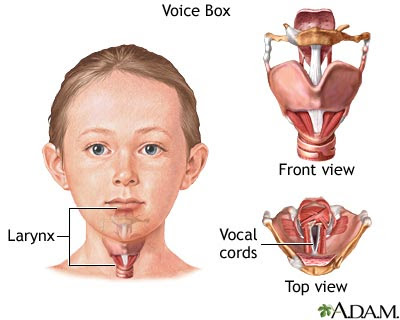Causes
Most frequently heel pain is not the result of any single injury, such as a fall or twist, but rather the result of repetitive or excessive heel pounding.
Plantar fasciitis is inflammation of the thick connective tissue on the sole of your foot that attaches to your heel. The pain is usually felt at the bottom of your heel and is often worse in the morning because of stiffness that occurs overnight. The following increase your risk of developing this painful problem:
- Shoes with poor arch support or soft soles
- Quick turns that put stress on your foot
- Tight calf muscles
- Repetitive pounding on your feet from long-distance running, especially running downhill or on uneven surfaces
- Pronation -- landing on the outside of your foot and rolling inward when walking or running; to know if you pronate, check the soles of your shoes to see if they are worn along the outer edge
Bone spurs in the heel can accompany plantar fasciitis, but are generally not the source of the pain. If you treat the plantar fasciitis appropriately, the bone spur is likely to no longer bother you.
Heel bursitis (inflammation of the back of the heel) can be caused by landing hard or awkwardly on the heel, or by pressure from shoes.
Achilles tendinitis is inflammation of the large tendon that connects your calf muscle to your heel. This can be caused by:
- Running, especially on hard surfaces like concrete
- Tightness and lack of flexibility in your calf muscles
- Shoes with inadequate stability or shock absorption
- Sudden inward or outward turning of your heel when hitting the ground
Home Care
- Rest as much as possible for at least a week.
- Apply ice to the painful area. Do this at least twice a day for 10 to 15 minutes, more often in the first couple of days.
- Take acetaminophen for pain or ibuprofen for pain and inflammation.
- Wear proper-fitting shoes.
- A heel cup, felt pads in the heel area, or an orthotic device may help.
- Night splints can stretch the injured fascia and allow it to heal.
Additional steps:
- Apply moleskin to avoid pressure if you have bursitis.
- See a physical therapist to learn stretching and strengthening exercises. These help prevent plantar fasciitis or Achilles tendinitis from returning.
When to Contact a Medical Professional
- Your pain is getting worse despite home treatment
- There is little progress after 2 to 3 weeks of home treatment
- Your pain is sudden and severe
- You have redness or swelling of your heel or you cannot bear weight
What to Expect at Your Office Visit
Your doctor will take your medical history and perform a physical examination, including a full exam of your feet and legs.
To help diagnose the cause of the problem, your doctor will ask medical history questions, such as:
- Have you had this type of heel pain before? If so, what was the diagnosis and what caused the problem?
- When did this episode of pain begin?
- Do you have pain upon your first steps in the morning or after your first steps after rest?
- Where exactly is your pain?
- Is the pain dull and aching or sharp and stabbing?
- Is it worse after you exercise?
- Is it worse when you are standing?
- Do you have any swelling or redness of your heel?
- Have you had a fall or have you twisted your foot recently?
- Are you a runner? How far do you run? How often do you run? On what type of surface do you run?
- Do you walk or stand on your feet for long periods of time?
- What kind of shoes do you wear?
- Do you have any other symptoms?
Diagnostic tests that may be performed include a foot x-ray, focusing on the heel.
If either plantar fasciitis or bursitis is diagnosed and if shoe changes and the use of orthotics have not been successful, cortisone injections may be tried. Surgery is a last resort and is seldom necessary.
If Achilles tendinitis is diagnosed, anti-inflammatory medicine may be prescribed. Heel lifts may be used. Stretching can be helpful. In particularly unresponsive cases, a walking cast or boot may be helpful. Surgery is usually not necessary.
Prevention
To prevent plantar fasciitis and Achilles tendinitis, maintain flexible and strong muscles in your calves, ankles, and feet. Always stretch and warm-up prior to athletic activities.
Wear comfortable, properly fitting shoes with good arch support and cushioning. If you pronate, look for athletic shoes with an antipronation device. If orthotics are prescribed by your provider, wear them in all of your shoes, not just while exercising.
Alternative Names
Pain - heel




